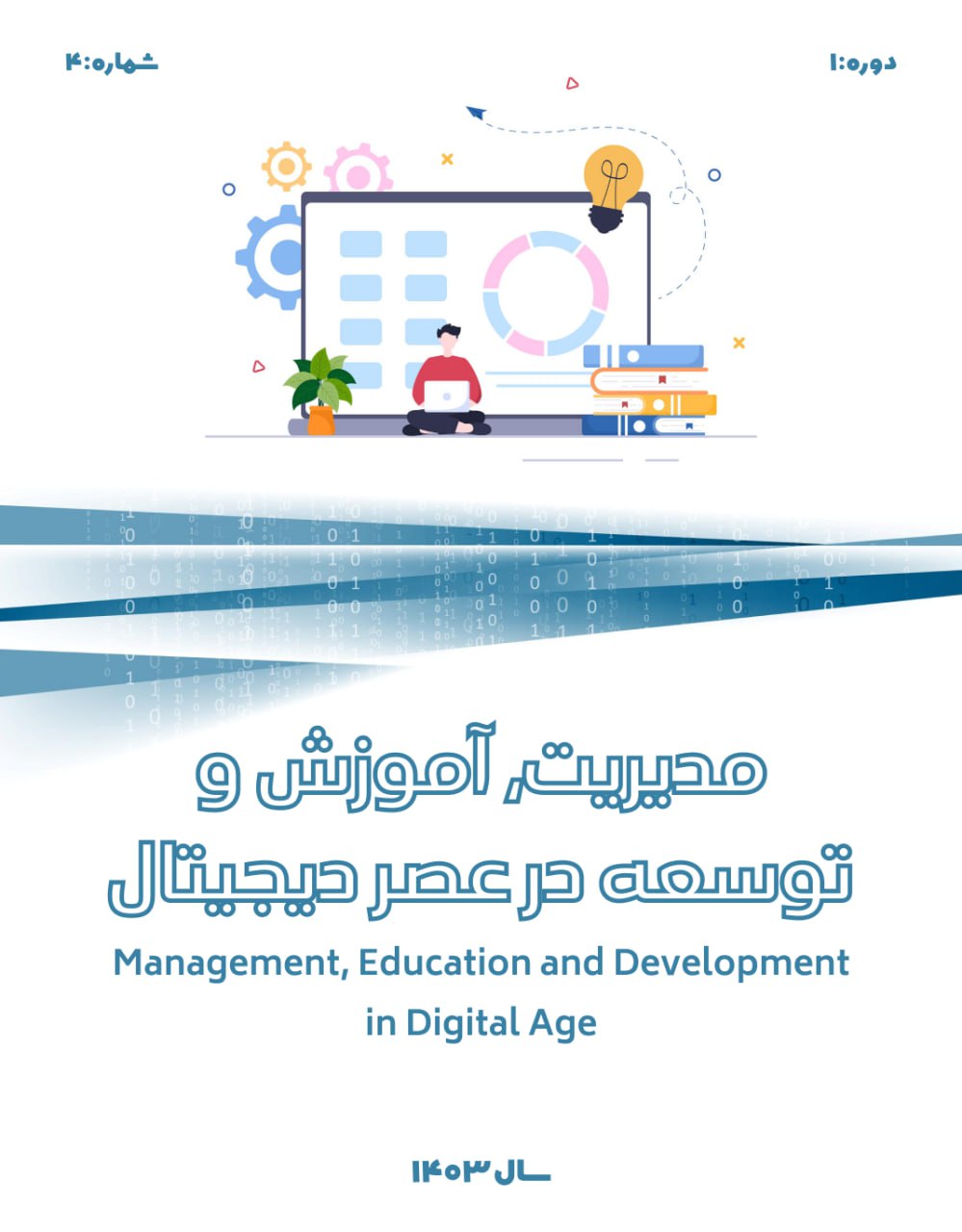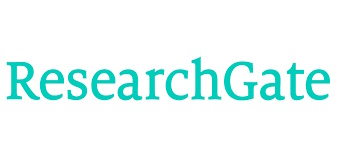About the Journal
Management, Education and Development in Digital Age is an open-access, peer-reviewed scholarly journal dedicated to advancing research and innovation at the intersection of management, education, and development in the context of digital transformation. The journal aims to serve as a global platform for researchers, academicians, industry professionals, and policymakers to exchange knowledge, ideas, and best practices related to digitalization’s impact on these fields.
Published quarterly, the journal follows a rigorous double-blind peer-review process, ensuring that each submitted manuscript undergoes thorough evaluation by at least two or three expert reviewers in the field. The journal upholds the highest ethical standards in publishing, adhering to international guidelines and principles to ensure integrity, originality, and academic rigor.
With an open-access policy, all published articles are freely available to researchers and practitioners worldwide, promoting the dissemination of knowledge without financial or technical barriers. The journal encourages submissions of original research papers, theoretical and conceptual studies, case studies, and literature reviews that contribute to the evolving discourse in management, education, and development in the digital era.



















